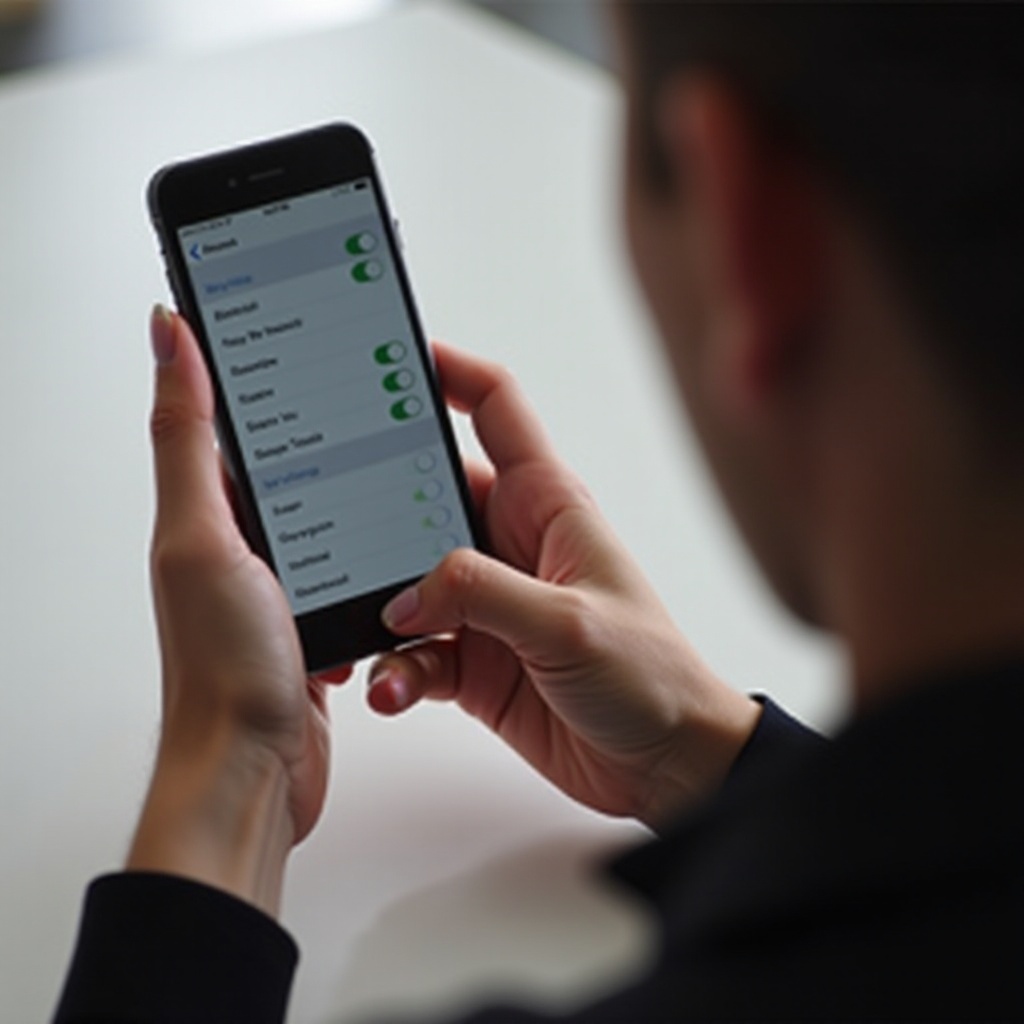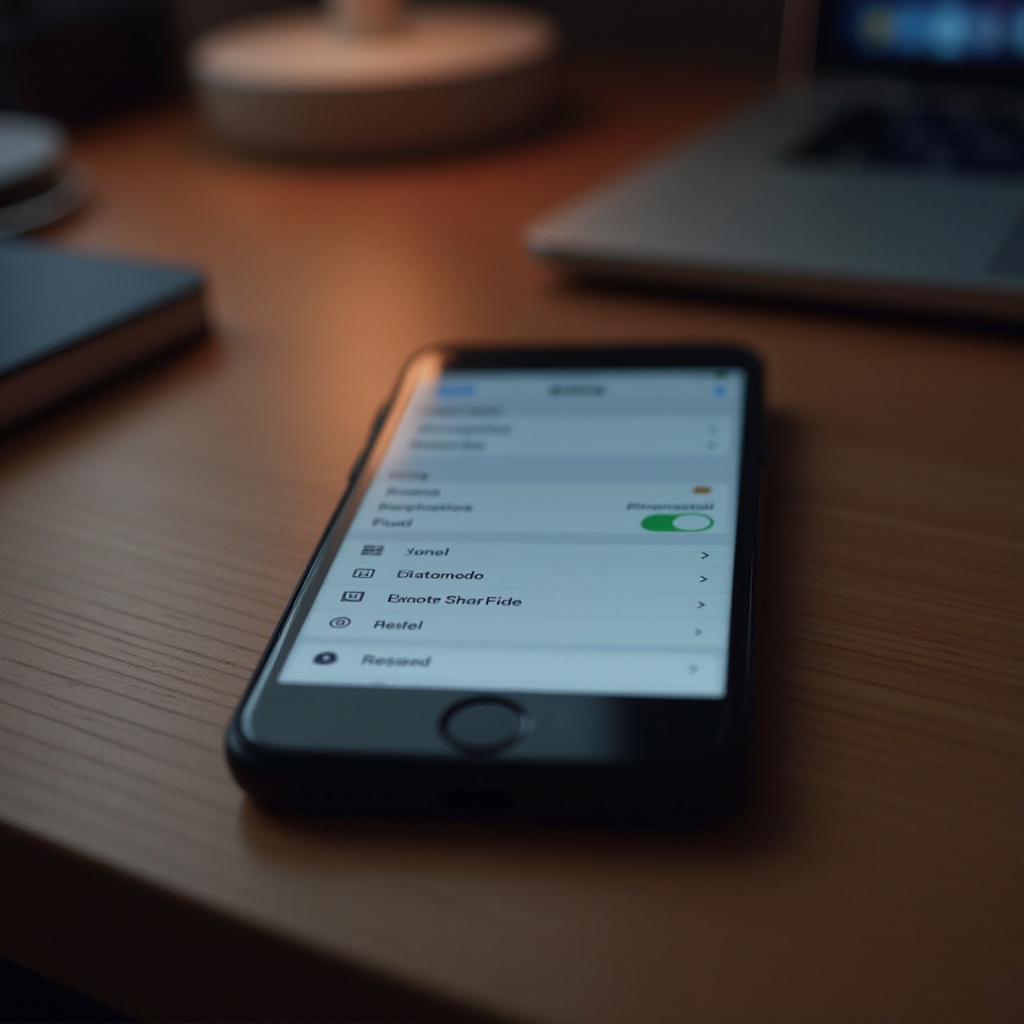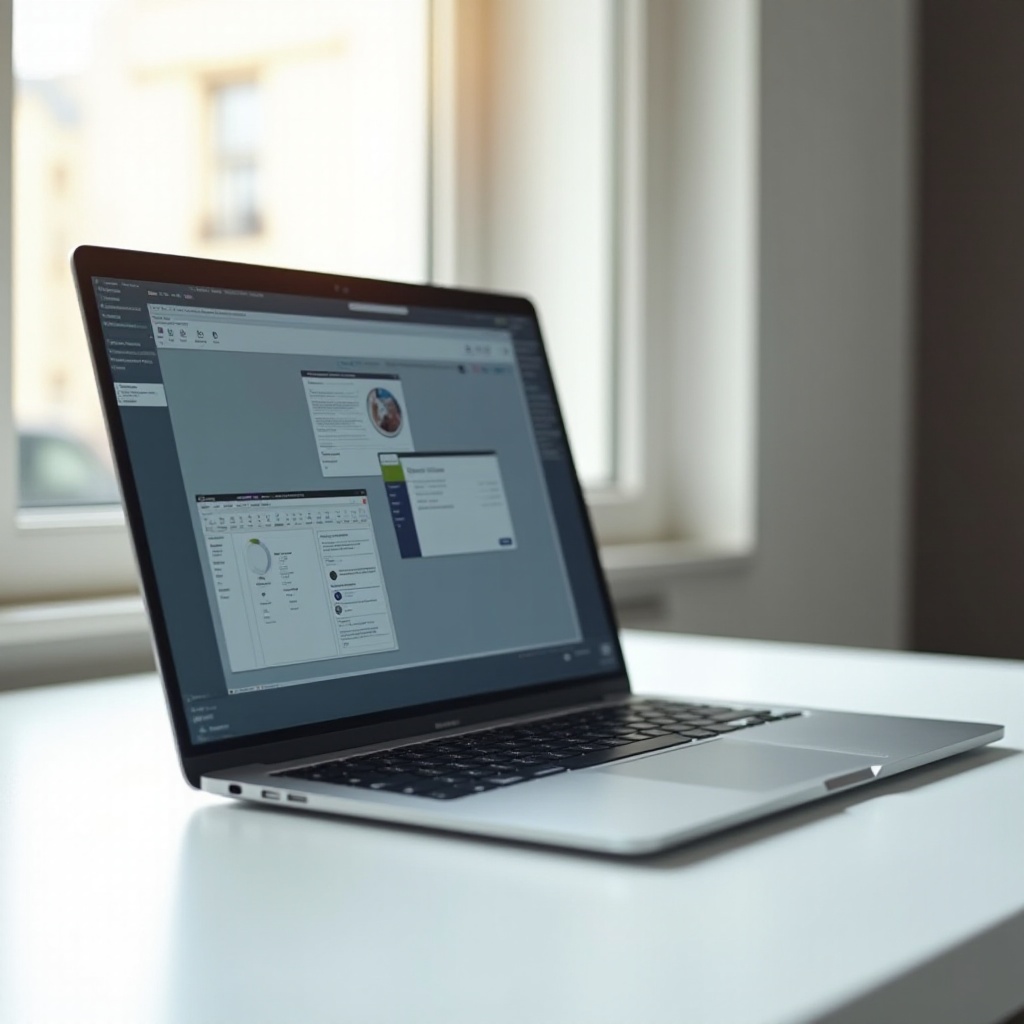How to Turn Off Auto Turn Off on iPhone
Introduction
Do you find your iPhone screen shutting off at inopportune times, interrupting your tasks or entertainment moments? This can be frustrating when you need the device to display information for extended periods. The auto-lock feature is meant to save battery and secure your device, yet some users prefer more control. In this guide, we’ll dive into managing the iPhone’s auto-lock settings effectively. Learn how to tailor your screen’s activity time to meet your needs without complicating your device’s operation.

Understanding Auto-Lock and Its Importance
Auto-lock on iPhones is crucial for conserving battery and safeguarding your data. By routinely dimming and deactivating the screen during idle times, it maintains energy efficiency. The auto-lock feature also acts as a security measure by limiting unauthorized access. However, there are instances when disabling it is beneficial. Use cases like reading recipes, guiding navigation, or presentations require a constantly active display. Understanding the function’s pros and cons will guide you in making informed adjustments that fit your unique lifestyle requirements.
Step-by-Step Guide to Disable Auto Turn Off
The steps to disable auto-lock are designed to be user-friendly:
- Navigating to Settings
-
Open your iPhone and locate the ‘Settings’ icon, then tap it.
-
Accessing Display & Brightness
-
Scroll through the menu and choose ‘Display & Brightness’ where you can manage multiple display settings.
-
Modifying Auto-Lock Settings
- Find ‘Auto-Lock’ in this section, tap to open.
- You’ll be shown time options ranging from 30 seconds to 5 minutes; select ‘Never’ to keep the screen active continuously.
In just a few taps, you can customize your screen’s activity level to enhance productivity for specific tasks.
Troubleshooting Common Issues
While straightforward, some users may experience issues with this setting.
-
What to do if settings don’t save
When changes aren’t retained, check if Low Power Mode is enabled since it overrides auto-lock settings. Disable Low Power Mode located under ‘Battery’ in the settings.
-
Fixing system glitches post-update
iOS updates might reset settings or cause glitches. A simple restart could solve problems, but if not, consider a settings reset found under ‘General’. Note that this reverts all settings to default.

Benefits and Considerations of Disabling Auto-Lock
Choosing to deactivate auto-lock should align with your usage patterns.
-
Pros and cons in different use cases
Pros include uninterrupted screen usage when constant visibility is needed. However, a lack of auto-lock increases inadvertent touches and compromises security without a robust passcode.
-
Impact on battery life and security
A continuously lit screen can rapidly drain the battery. Additionally, without a regularly locked screen, the device becomes more susceptible to misuse if lost.
Balancing convenience against such drawbacks is crucial for an efficient experience.

Additional Tips for Managing iPhone Screen Settings
Consider these additional techniques for enhanced control:
-
Using Guided Access for Screen Management
Activate Guided Access through ‘Accessibility’ for scenarios where you need constant screen activity but aim to block unintentional interactions.
-
Exploring third-party apps for screen control
Though Apple’s settings cover basic control, explore reputable apps for advanced screen management solutions that cater to specific needs.
Conclusion
With mastery over your iPhone’s auto-lock feature, blend ease of use with stringent security measures. By making insightful adjustments, you achieve appropriate device management that complements your lifestyle. The flexibility to control when your screen stays on gives you more freedom and efficiency.
Frequently Asked Questions
How does disabling auto turn off impact my iPhone?
Disabling auto turn off keeps your screen active, enhancing usability but possibly decreasing battery life.
Can I set different auto-lock times for certain apps?
Currently, iOS doesn’t support app-specific auto-lock settings, but the Guided Access feature can help in specific scenarios.
Will this change affect all users on a shared device?
Yes, changing the auto-lock setting is a system-wide adjustment that applies to all users of the device.

